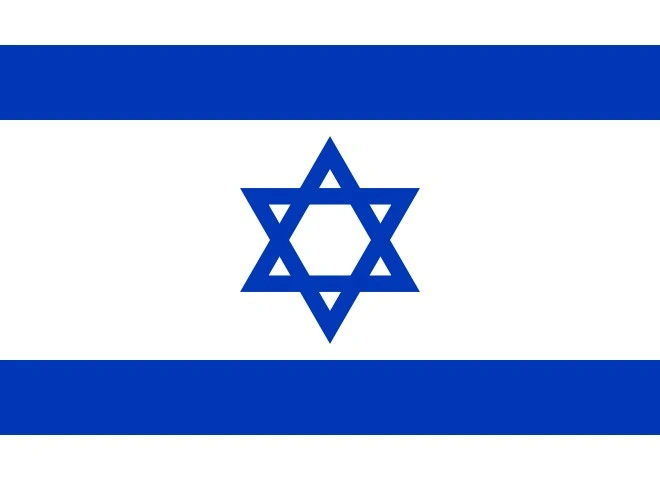Phoenicia (Purple) Greek An ancient kingdom on the eastern Mediterranean, in the region of modern Syria, Lebanon, and Israel.
Publié le 26/01/2014

Extrait du document

Phoenicia (Purple) Greek An ancient kingdom on the eastern Mediterranean, in the region of modern Syria, Lebanon, and Israel. Phoenicia was a major trade center of the ancient world. In Homer and in the Old Testament, its people were known as Canaanites. In the ninth century b.c., the Greeks gave the name Phoenician to those Canaanites who lived on the seacoast and traded with the Greeks. It is said that the name came from Phoenix, brother of Cadmus, Cilix and Europa. The Phoenicians were famous as traders, navigators, and artisans. They obtained a purple dye, "Tyre purple," from shellfish. However, their greatest contribution to Western civilization is thought to be the alphabet, an idea later adopted by the Greeks. The use of symbols for sounds in place of more cumbersome cuneiform and hieroglyphic images was a tremendous advance to learning. Tyre was the best-known seaport of Phoenicia, lying between Sidon to the north and Acre to the south.
Liens utiles
- Midas Greek A mythical king of Phrygia, an ancient region of central Asia Minor; son of the goddess Cybele and Gordius, from whom he inherited the throne.
- Nereids Greek The Nymphs of the sea, specifically the Mediterranean Sea; the daughters of Nereus, an ancient sea god, and Doris, a daughter of Oceanus.
- Fiche de lecture sur le chapitre 11: The Greek of the New Testament, par Mark Janse, sur la section IV de l’ouvrage, intitulé: Ancient Greek: structure and change, pages 646-653.
- Seven Against Thebes Greek The name given to the conflict between the rulers of the kingdom of Thebes and the rebels who challenged the king for the throne.
- Ixion Greek King of the Lapiths in Thessaly, the largest ancient region of north-central Greece.










